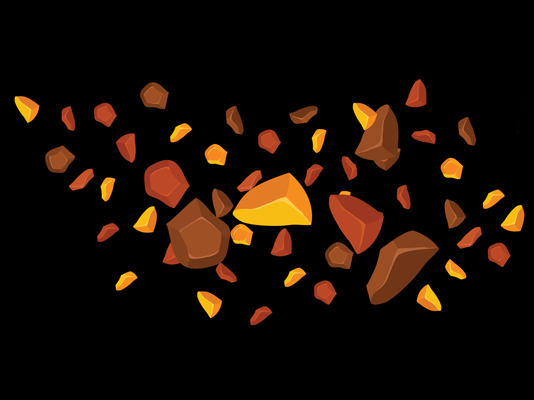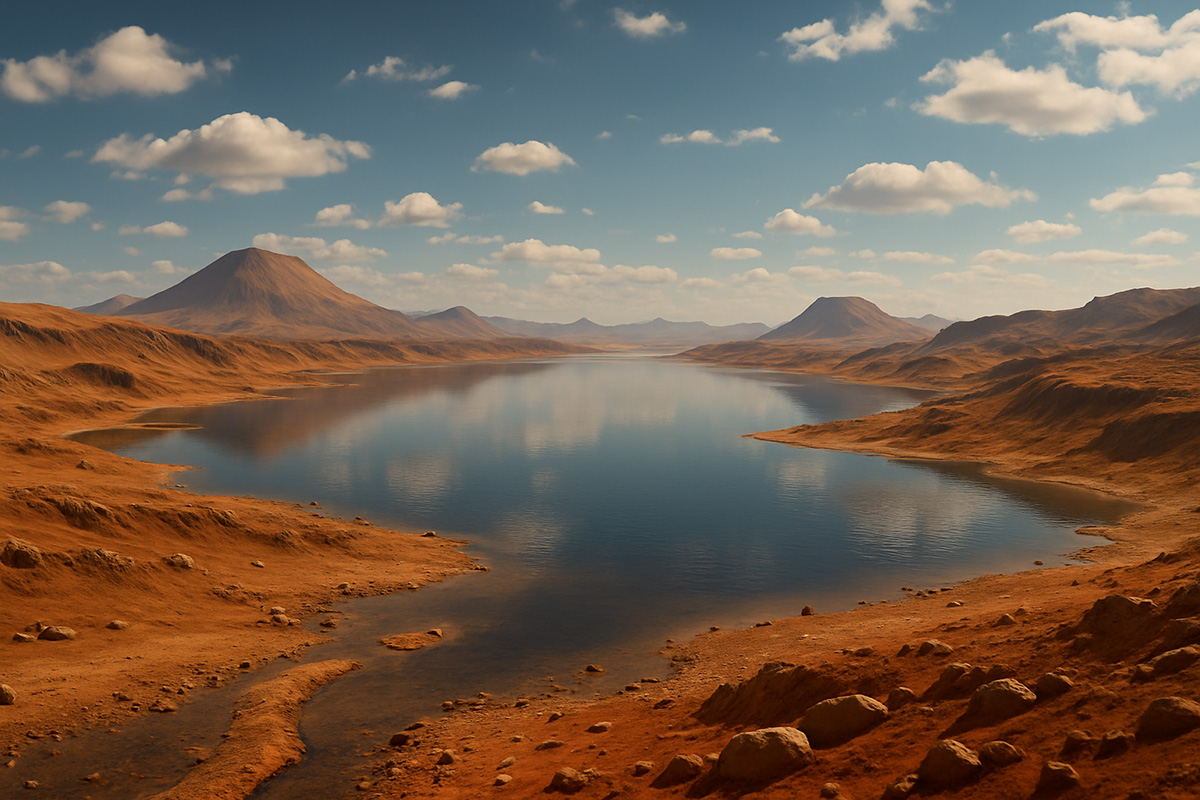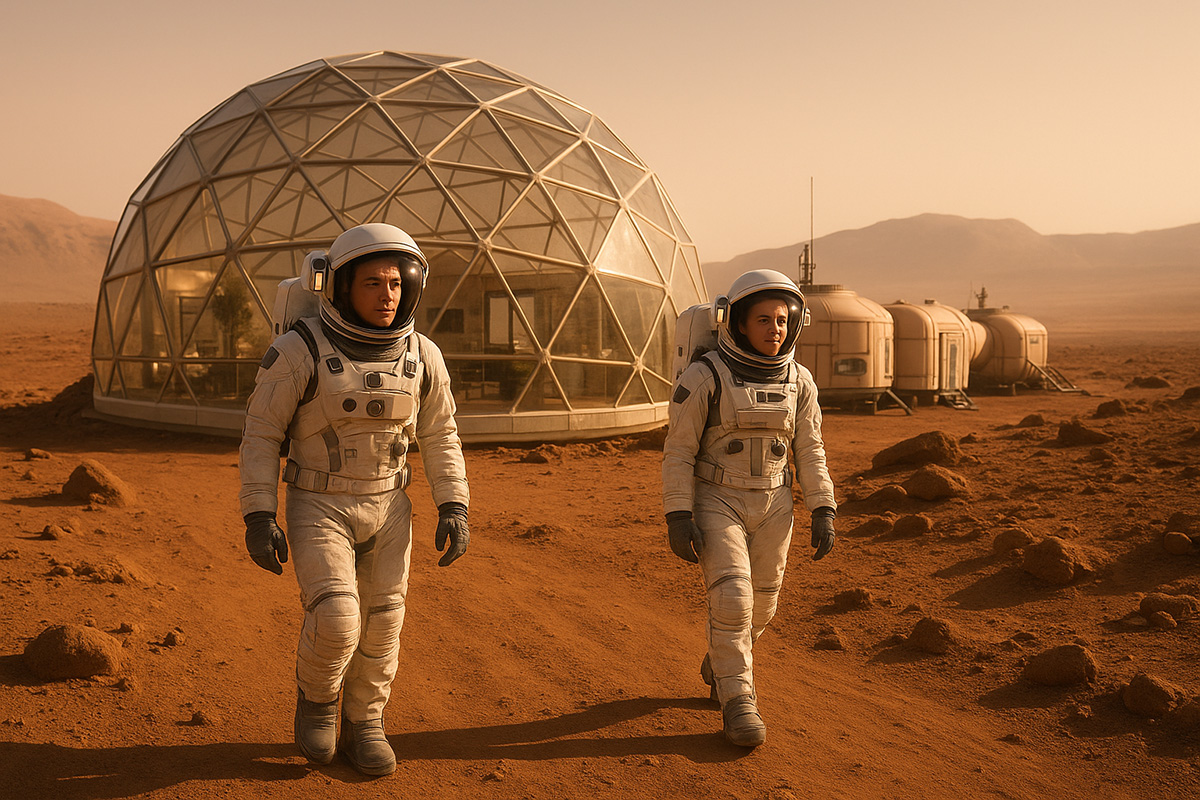Is there Life on Mars?
For as long as humans have looked up at the night sky, they've wondered: Are we alone in the universe? So far, Earth is the only place where life has been found. But that doesn’t mean life doesn’t exist elsewhere; it just means it hasn't been discovered yet. And if it does exist somewhere else in the Solar System, Mars might just be the place.
Why Mars?
Mars is one of Earth’s nearest neighbours in space, and it’s long been a favourite in the search for life. It’s cold, dry, and dusty, but it’s also the most Earth-like planet in the Solar System. It has seasons, polar ice caps, canyons, volcanoes, and a surface that’s been shaped by water. It might not have cafes or a McDonald's just yet, but it does have potential. It's also much more hospitable than Earth's other neighbour, Venus. Yep, that planet destroys visitors. Mars, on the other hand, practically rolls out its red carpet and offers biscuits.
It’s extremely cold
While summer temperatures at the equator can hit a pleasant 27°C (80°F), the average temperature is a bone-chilling –63°C (–81°F), and it can plummet to –133°C (–207°F) near the poles. Mars is basically one giant outdoor freezer.
The atmosphere isn’t exactly friendly
It’s 95% carbon dioxide, with only a smidge of breathable oxygen. It's also far too thin to provide much protection from radiation or help keep the planet warm.
Solar radiation and UV rays
Without a thick atmosphere or magnetic field, Mars is constantly blasted by ultraviolet radiation and cosmic rays. Not ideal for microbes trying to hang out on the surface.
Self-sterilising soil
Mars’ surface is covered in iron-rich dust, which gives the planet its iconic red colour. Basically, it’s rusty. But that’s not all. The soil also contains chemicals called perchlorates, which are harmful to most known forms of life. Combine that with high levels of radiation, and you’ve got a surface that destroys organic molecules. It's a bit like a disinfectant, one that kills all known germs dead. Mars might be a rusty planet, but it's also clean!
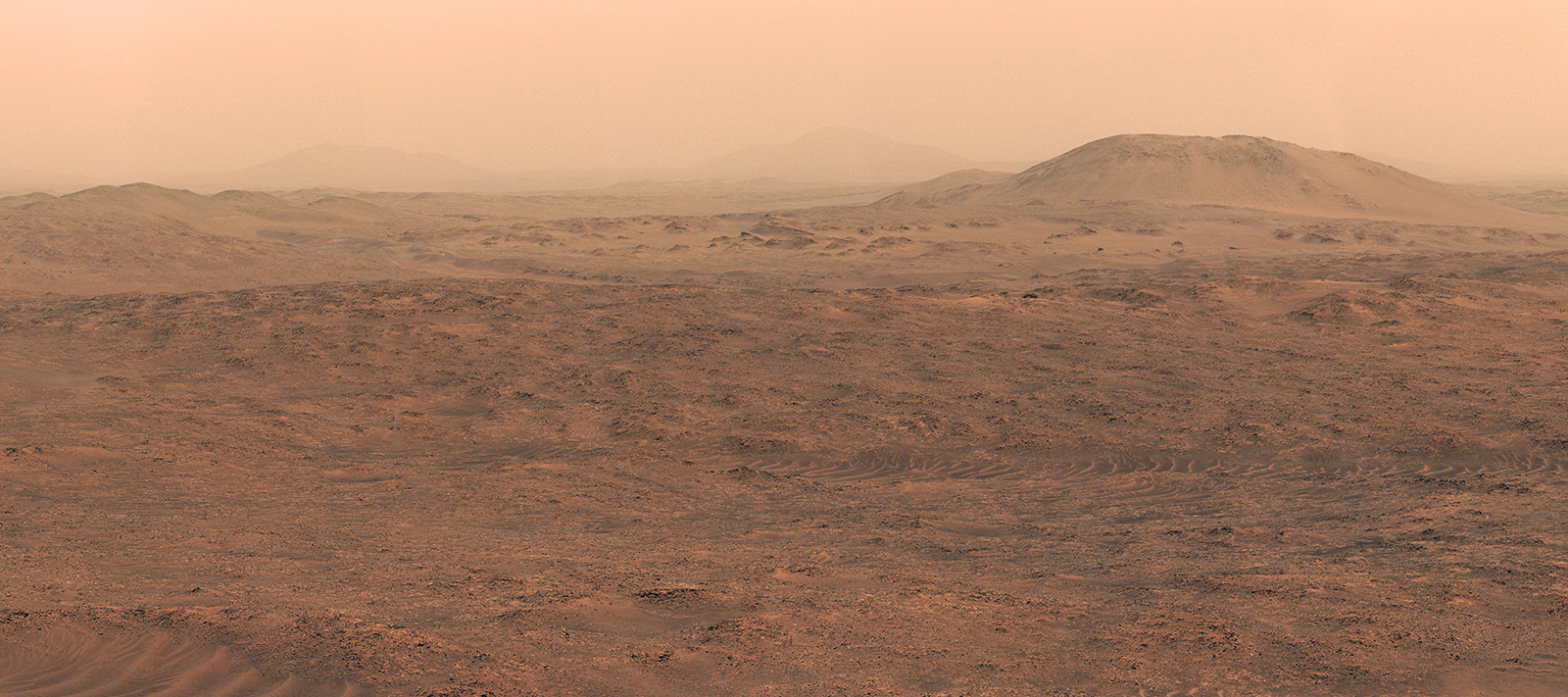
Water is still around!
There’s water ice at the poles, frost near the surface, and possibly salty liquid water deep underground. Ancient riverbeds, lake basins, and mineral deposits all point to a wetter, warmer Mars in the past.
Mars has Earth-like geology
Rocks and minerals on Mars look a lot like those formed by water on Earth. Rovers have spotted pebbles, clays, and sedimentary layers shaped by ancient flows.
Life survives in extreme places on Earth
From boiling acid springs to frozen glaciers, deep underground rocks to the pitch-black ocean floor, Earth is full of life thriving in places where humans wouldn’t last five minutes. These organisms are known as extremophiles, microbes specially adapted to survive with no oxygen, no sunlight, and extreme heat, cold, or pressure.
These environments are even harsher than those on Mars, so if life can survive in them on Earth, it might just manage on Mars too.
Mars was once more hospitable
Billions of years ago, Mars had a thicker atmosphere and flowing water. That’s when any Martian microbes would’ve had their best shot at thriving.
Scientists have detected several possible signs, called "biosignatures", that may hint at past or present life on Mars:
Organic molecules
NASA's Curiosity rover discovered complex organic molecules in Martian rocks. These are the carbon-based building blocks of life, though they can also form without life. Still, their presence is a exciting!
Methane spikes
Methane has been detected in the Martian atmosphere. On Earth, most methane comes from living organisms. The source on Mars is still a mystery; it could be geological, or perhaps something more biological.
Ancient lakebeds
The Jezero Crater, where the Perseverance rover is exploring, once held a lake. The sediments in the dried-up delta may preserve signs of microbial life that existed billions of years ago.
The Martian meteorite mystery
In 1996, scientists studied a Martian meteorite (ALH84001) found in Antarctica. Some believed it contained fossilised bacteria. Others argued the shapes were formed by chemical reactions. Today, most experts lean toward it not being evidence of life, but it was one of the first major moments that sparked global excitement about Martian biology and helped fuel decades of planetary research.
While none of these discoveries confirm life, they provide reasons to keep looking.
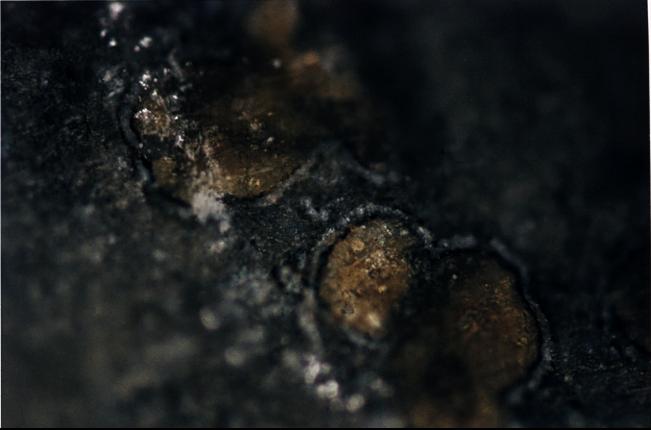

Mars is home to the famous "Face on Mars," heart-shaped craters, and other natural features that - if you squint hard enough - look like familiar symbols or sculptures. People have claimed that these may be alien creations, but they’re actually just rocks and erosion doing their thing.
Before spacecraft exploration of Mars was possible, observations through telescopes caused humans to believe they were seeing signs of civilisation. Faint lines on the surface were interpreted as canals or channels, possibly constructed by intelligent Martians to transport water from the polar ice caps to the equator. Dark patches were thought to be vegetation changing with the seasons.
In fact, humans were so convinced that life must exist on Mars that, in the late 19th century, when a prize was offered by the French Academy of Sciences for the first confirmed contact with extraterrestrial life, Mars was excluded from the competition. Why? Because it was assumed that contacting Martians was likely to happen soon, and it would be too easy! If you wanted to win the prize, you had to find life somewhere other than Mars.
Along Comes Reality
When NASA’s Mariner 4, launched on 28th November 1964, became the first spacecraft to photograph Mars during its flyby in 1965, it revealed a barren, cratered world - not too different from the Moon. There were no canals. There was no vegetation. There wasn't even a puddle of water to excite scientists. Mars turned out to be a dusty, desolate ball of rock.
It didn’t completely kill the idea of life on Mars, but it certainly lowered the odds. Advanced life, if it ever existed there, had long since packed up and moved on, or never existed at all.
NASA’s Perseverance rover is actively exploring an ancient river delta in Jezero Crater, collecting samples that may one day be brought back to Earth. The Curiosity rover is still investigating clay-rich regions. Future missions plan to dig beneath the surface, where life might be hiding.
Meanwhile, the European Space Agency and China are working on their own life-hunting missions. Mars is busy these days.
There’s also the upcoming Mars Sample Return mission, a collaboration between NASA and ESA. The goal of this is to bring samples collected by Perseverance back to Earth in the 2030s. If that happens, scientists will be able to examine Martian material up close for the first time ever.
In theory, yes. Humans have already visited the Moon, a place with no atmosphere, no weather, and far less gravity. Mars, by comparison, has a thin atmosphere, weather systems (including clouds and dust storms), more gravity, and resources like frozen water. It’s still harsh and unwelcoming, but it offers more opportunities to build and adapt than the Moon ever could.
Astronauts would still need pressurised habitats, radiation shielding, oxygen, water recycling, a good stash of snacks, and some method of producing more food and drink. Because of orbital timing, they’d likely spend around three years on Mars before returning. The science might be incredible… but the cabin fever could be even more intense.
The bigger challenge might not be the red dust or thin air, but living in close quarters for such a long time. Experiments on Earth have tested how people cope with long-term isolation and confinement, including simulated Mars habitats in remote places like Hawaii and Antarctica. Results suggest it’s doable, but it's tricky. Even with the best technology, humans still have to deal with homesickness, boredom, and the occasional desire to launch a crewmate out of the airlock. It'd make a great reality show though!




